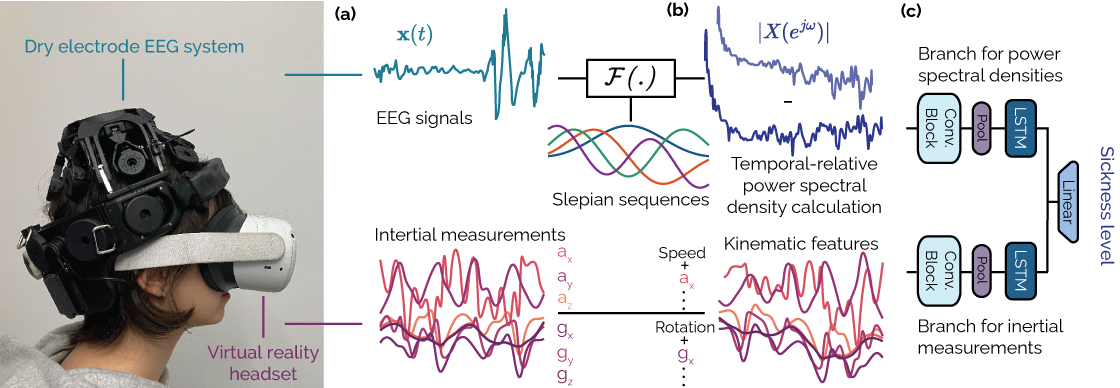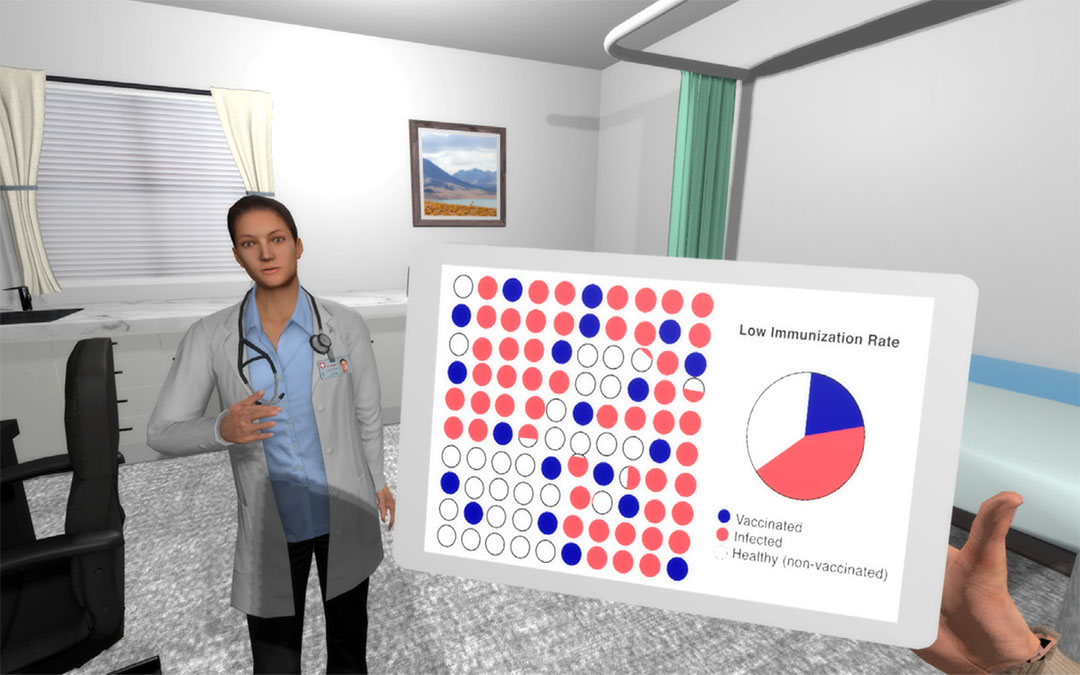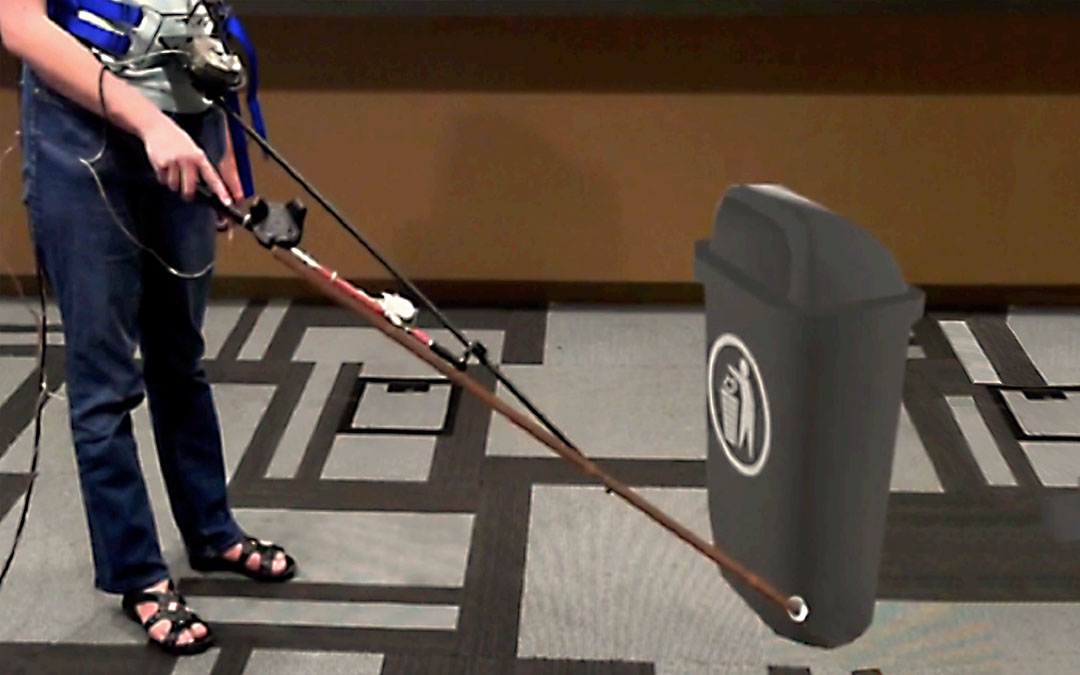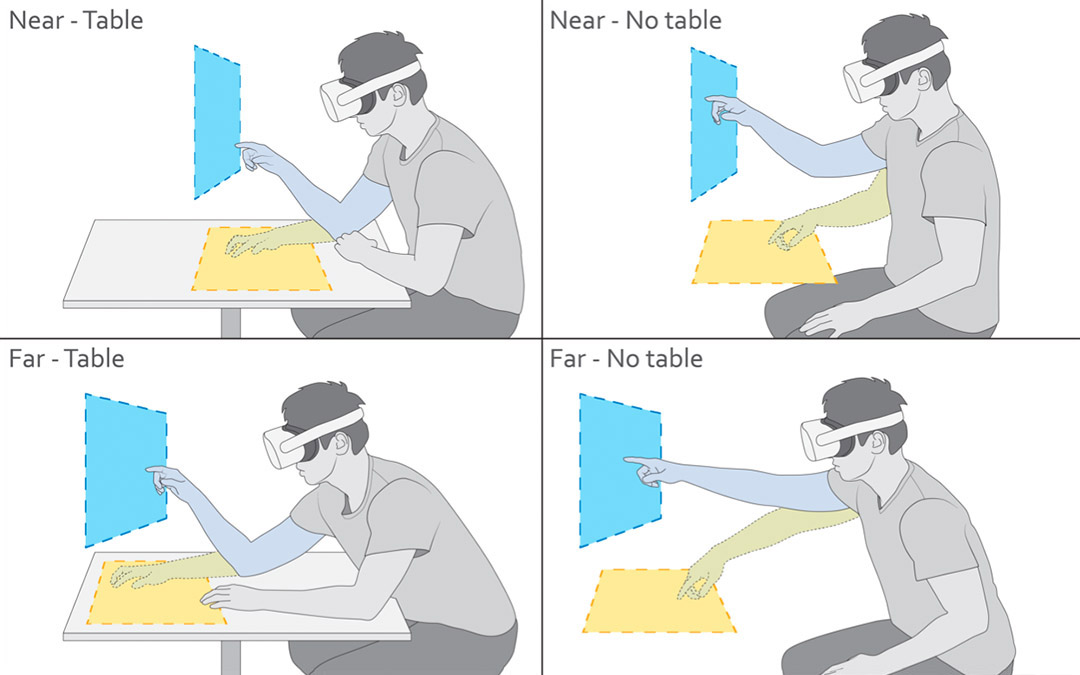Demographic and Behavioral Correlates of Cybersickness
A Large Lab-in-the-Field Study of 837 Participants
IEEE ISMAR 2022Abstract
Cybersickness has been one of the main impediments to the widespread adoption of Virtual Reality for decades. It has been argued that several factors can influence the occurrence of cybersickness, such as technical factors, interaction design, but also users’ demographics and their perceived presence. Yet, previous studies had comparably small sample sizes and demographically homogeneous samples; comparisons across studies (e.g., regarding demographic factors) are challenging due to the large variation in the studied virtual environments. In this paper, we address these limitations and report the results of a lab-in-the-field experiment on cybersickness with a large and heterogeneous sample of N=837 participants who navigated and interacted inside a virtual environment (ages 18–80, M=29.34, SD=9.50, 431 males, 400 females, 6 non-binaries and other). We found that female participants and participants with lower VR experience were more susceptible to experiencing higher levels of cybersickness. Participants’ cybersickness levels increased with the time spent in VR and with the distance traversed in the virtual world up to a point, above which reported levels declined. We also found a link between higher levels of cybersickness and reduced head motion, as well as between lower levels of cybersickness and more head motion, which led them to explore more of the virtual environment. In contrast to past studies, we did not find any evidence suggesting an effect of age on cybersickness, nor a negative correlation between presence and cybersickness. Based on our results, we derived a model that achieves a mean classification accuracy of 67.1% for two levels of cybersickness using demographic, user experience, and behavioral data in VR.
Reference
Tiffany Luong, Clara Vandeweerdt, Adéla Plechata, Max Moebus, Michael Atchapero, Robert Böhm, Guido Makransky, and Christian Holz. Demographic and Behavioral Correlates of Cybersickness: A Large Lab-in-the-Field Study of 837 Participants. In International Symposium on Mixed and Augmented Reality 2022 (IEEE ISMAR).






